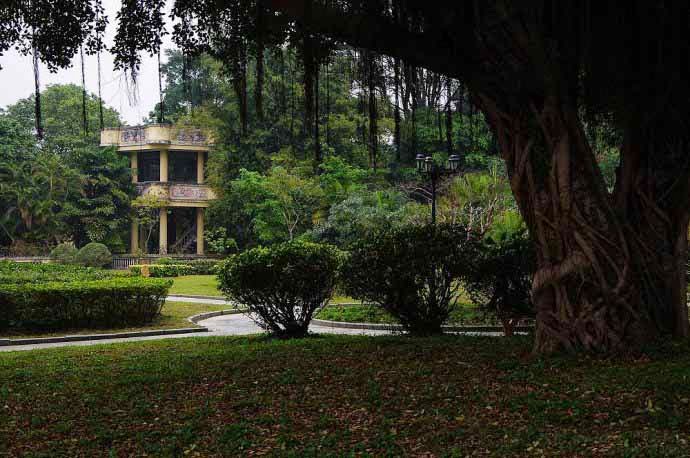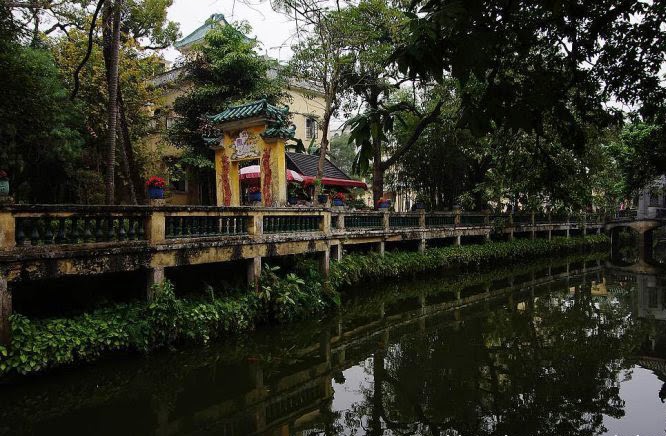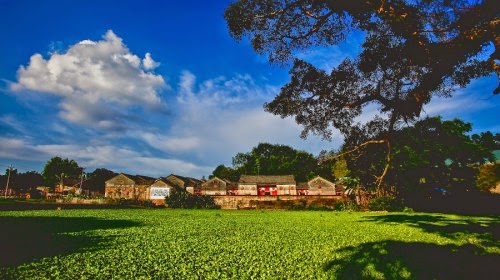Built in the same
size of the burned Yuanming Palace in Beijing , the
New Yuanming
Palace in Zhuhai is to memorize the
prosperity of the Old
Yuanming Palace New Yuanming
Palace Old Summer Palace Old Summer Palace
Generally
speaking, the buildings of New Yuanming Palace
consist of three parts: the imperial garden of the Ming (1368-1644) and Qing
(1644-1911) dynasties, the classical garden
of Southern China Fuhai
Lake Rome
In addition to its
buildings, the New
Yuanming Palace Dreamy Water
City was built in 2001 to the west of
the New Yuanming Palace Egypt
Souvenirs can be
purchased on the shopping street, which was modeled after the shopping street
in Old Summer Palace
For more
information, please visit www.top-chinatour.com

















































